Speak & Translate all Language - Language translation tool
Seamlessly translate every language with voice recognition and conversation mode.
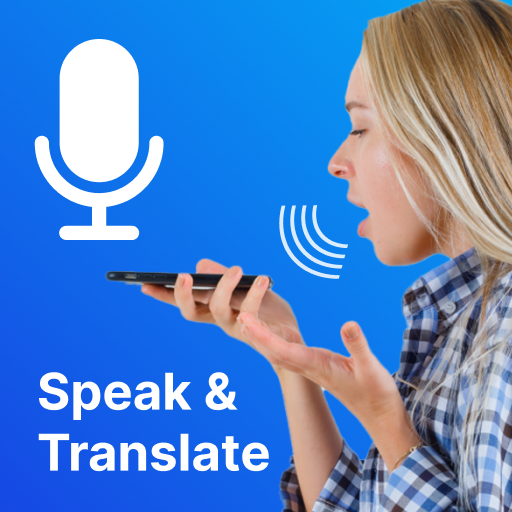
- 5.0.5 Version
- 4.1 Score
- 8M+ Downloads
- In-app purchases License
- 3+ Content Rating
Introducing Speak & Translate all Language
Struggling with communication in various languages? Your worries end now! Give the free Speak & Translate all Language app a try. It facilitates text translation, voice interpretation, conversations, screenshots, and image translation. This language translator allows you to transform text into voice across all languages effortlessly. Skip typing lengthy texts and simply paste them into the translation box for quick results. Speak to receive word translations, switch between languages, and hear your translated text in multiple languages. Apart from this, you can access a comprehensive dictionary, commonly used phrases in different languages for swift translations.
Translator - Speak & Translate all languages is an advanced tool supporting translation in over 100 languages:
The text-to-voice translator assists with speaking and translating like a native speaker in all languages. Effortlessly translate English to Spanish, French to English, Hindi to English, and more for free. The audio translator allows you to speak and obtain text translations. Functions such as audio translation, voice typing, conversation recording, and listening to translations are available in this English-speaking application. By tapping the microphone icon, swift voice recognition enables voice typing in all languages. Utilize the voice translator as a language interpreter converting voice to text.
This top language translator app for Android is an ideal travel companion. If you need to translate text to speech, read signs or menus while traveling, the picture translator can help. With picture translate OCR, extract text from images for instant photo translation in all languages. Capture an image using picture translator OCR for quick text and voice translations. Whether taking a photo on the spot or selecting one from the gallery, this feature offers word translation along with accurate pronunciation in multiple languages.
Features of Translator - Speak & Translate all Languages:
- A professional tool translating your words, text, and paragraphs into all languages.
- Instant translation of conversations worldwide using voice translator.
- Camera translation available for translating photos and screenshots with the best language translator app for Android.
- Take or upload images from the gallery for word translation.
- Simply paste text for translation; voice typing feature also present.
- Daily use phrase list aids in learning foreign languages.
- Comprehensive Dictionary included to grasp words in various languages.
- Spellchecker and grammar corrector offered in the speech-to-text translator app.
- Save your translations in history with the word translator app.
- Share text translations with others for free.
Embark on a global journey with the speech-to-text translate app for Android. The voice translator acts as a language interpreter assisting with understanding different languages. Enhance your vocabulary by learning daily updated words of the day. Translate through the English-speaking app by inputting text, utilizing voice commands, and employing camera translation across all languages.
Free Translator - Speak & Translate all Languages supports translations from English to Spanish, conversing in English, speaking Hindi, and other foreign languages. Available languages include Arabic, Bengali, Chinese, Filipino, French, German, Gujarati, Hausa, Hindi, Indonesian, Italian, Japanese, Javanese, Kannada, Korean, Malay, Malayalam, Marathi, Nepali, Persian, Portuguese, Punjabi, Russian, Spanish, Swahili, Tamil, Telugu, Thai, Turkish, and Vietnamese.
What is a translation app?
A translation app is any type of software that supports the process of transferring the meaning of a message from one language to another. Translation is a highly complex task, so it’s only natural that various technologies and specialized tools have emerged to help with it.
At its simplest, an app for translation is any application that makes it easier to translate text from the original, source language to the second, target language. This could be as basic as a dictionary app with a built-in automatic translator or something more sophisticated like an AI-powered chatbot that can hold conversations in multiple languages.
A further distinction can be made between those apps that are designed for general users—often travelers—and those aimed at professional translators. Generally speaking, the former tend to be much simpler and more user-friendly, while apps for translators are usually packed with features and offer more customization options.
What are some common types of apps for translators?
The translation industry has been quick in adopting new technologies, and this is reflected in the wide range of apps that are now available. Practically all translators use some type of a translation app in their daily work.
Here are the most common types of apps for translators:
Computer-assisted translation (CAT) tools
Computer-assisted translation tools, also known as computer-aided translation tools, are a type of software for translators that can increase productivity in the translation process. In a nutshell, a CAT tool is a text editor that lets professional linguists translate faster and more consistently by eliminating repetitive translations and auto-correcting mistakes.
A CAT tool editor usually presents the original text—the so-called “source text”—on one side of the screen and the translation on the other, divided into smaller units called “segments” or “keys”. This way, translators can see both versions side by side and easily flip between them.
Functionalities of computer-aided translation tools can include spell checks and autocorrect, machine translation, dictionaries, text search tools, translation memory, or terminology management. Let’s look at the last two—arguably the most important features of a CAT tool—in greater detail.
Translation memory
A translation memory (TM) is a database that stores all the segments of text that have been previously translated. When a new project comes in, the CAT tool will search the translation memory for similar or identical segments and suggest a translation. This not only speeds up the process but also ensures greater consistency in terminology usage.
If the level of matches is high enough, the CAT tool can even automatically insert the translation without the translator having to do anything. Of course, the translator always has the option to edit or approve the suggested translation before it’s inserted. If the TM doesn’t show any suggestions for a particular segment—for example, because the match is too low—the translator can still actively search the TM for any occurrences of that term or similar ones.
Translation memories are often a shared resource among a team of translators working on the same project or even across an organization, which further increases consistency and efficiency. They have become such an integral part of the translation industry that over 75% of professional translators now use them to some extent.
Terminology management
Most CAT tools also come with some sort of terminology management functionality. This refers to the process of creating, storing, and managing a central repository—called “term base”—of all the specific terms used in a particular domain or industry. While this sounds relatively similar to a translation memory, the differences lie in the purpose and level of detail and context.
While a term base is also a searchable database, it just stores terms and their definitions—in one or more languages—and sometimes also suggests a translation or usage rules. This places term bases closer to dictionaries and glossaries—you could think of them as glossaries on steroids—than to translation memories, which store actual phrases and sentences, building up a “memory” of how certain terms look in context.
Term bases are essential because they collect approved and curated terminology in one place, which translators can then use as a reference. Being able to quickly look up the right translation for industry-specific terms is essential for any translator working in a technical or highly specialized field if the resulting text is to be accurate.
Machine translation apps
Machine translation apps have become common productivity tools for both professional and personal use. Driven by increasing demand for content localization, the machine translation market has been growing year by year. Tech giants like Google or Microsoft have dominated the market for quite some time, but there are also other emerging machine translation services that are gaining in popularity.
Google Translate
Google Translate has been incorporated in almost every product of the Google ecosystem and has reached high-quality levels—not only for the most common language pairs but also for less popular ones.
Google Translate was launched in 2006, but only a decade later did Google make the most significant leap in the recent history of commercial MT—by switching from a statistical, phrase-based to a neural machine translation system. It was the birth of Google Neural Machine Translation (GNMT).
Currently, the free version of Google Translate lets you translate texts into more than 100 languages by writing or copy-pasting them in the web interface, translating entire documents with drag and drop, and viewing the history of the latest translated sentences. No login or account is needed.
DeepL
German-based DeepL was launched in 2017 to further develop Linguee, the world’s biggest database of human translations. The engineers at DeepL applied the newest Deep Learning technique (hence the company’s name) to get state-of-the-art machine translation software by training the models on Linguee’s data. And the results are very similar (or better, depending on language pair, field, and evaluation system) than the ones from Google, which is still often considered as the benchmark for translation quality—DeepL itself claims to be “the world’s best machine translation.”
DeepL offers a free machine translation software tool for seamless integration into the whole Windows/iOS ecosystem. Users can translate sentences from each program into 110 language combinations by just clicking CTRL+C twice and translating entire Word and PowerPoint documents with drag and drop.
A wider, unlimited terminology function is available in the pro (paid) version, together with other settings, such as the option to make the target text more formal or informal—something which can have a massive impact on the tone of voice in languages like German or Italian.
Systran Translate
The first company ever to offer machine translation for commercial purposes, Systran keeps following the latest technologies and introducing some interesting innovations itself—the latest being pure neural machine translation (PNMT). Systran’s free engine, Systran Translate, allows users to translate their texts “on the go” into more than 140 language combinations while trusting the power of the open-source community.
Open source means freedom with the source code, and this allows for more creative freedom and enables technology agility. Among the big players in the MT field, Systran is the only one sharing its knowledge—and profiting from cooperating—with OpenNMT, an open-source ecosystem for neural machine translation and neural sequence learning. This same engine, founded by Systran in December 2016 together with Harvard NLP, has already been successfully used in many research and corporate applications.
Users who subscribe to a paid membership can leverage this technology while also taking advantage of Systran’s PNMT to customize their MT models with their own bilingual data.
Microsoft Translator
Much like Google Translate, Microsoft Translator is integrated into Microsoft’s own search engine, Bing. Moreover, lots of Microsoft products now include the possibility to translate documents (Office), messages (MS Teams, Skype), or posts (LinkedIn) between 90 languages and dialects using their home-brewed MT system—also based on the newest neural network technology with an attention-based model.
An interesting feature in the free version of Microsoft Translator is the translation of the most common sentences and expressions one could need in different moments of everyday life: Users can translate, with just one click, the most typical questions and statements needed for a conversation, as well as translate (via app) street signs via image recognition.
For those looking to integrate Microsoft’s translation technology into their localization processes by choosing a paid subscription, the offer is substantial. Apart from the “standard” text translation, with the Azure Cognitive Services Translator it’s possible to translate whole documents, to use a REST API as well as AI Containers, but most of all, to customize the translation models.
According to Microsoft itself, with about 10,000 bilingual translated sentences (input and output), it’s possible to improve the translation models to fit the customer’s needs better.
Amazon Translate
Amazon Translate, another online machine translation system from Big Tech—quite young, but still powerful. Considering the power of the parent company, it’s not quite surprising that Amazon Translate has achieved impressive results in the short time since its release.
Users looking for a free solution might be disappointed, though: To use Amazon’s machine translation engine, you need an AWS login. Nevertheless, 2 million characters a month are given for free with an AWS login—and the range of functionalities offered by this NMT system is huge: customization (terminology and parallel data), encoding terminology, and batch translation (Amazon S3), to mention but a few.
Translation management systems
A translation management system (TMS) is the most advanced type of translation software that streamlines translation tasks with smart automation. It brings CAT and MT tools together with project and business intelligence capabilities on a central platform.
Translation project management at scale can quickly become a nightmare without the right tools and processes in place, so a TMS can be a of great help for any organization that needs to translate regularly.
- A translation management system will typically handle tasks such as:
- Project creation
- Assigning projects to translators or translation agencies
- Uploading and downloading translation files
- Tracking project progress
- Creating and updating translation memories and term bases
- Generating data analytics and business intelligence reports
- Integrating with other software (e.g., content management systems or customer relationship management tools)
- Automatically translating text with machine translation
- Performing automated quality assurance checks
In short, a TMS is designed to make the process of managing multiple translation projects as efficient and painless as possible. Some systems are cloud-based while others are installed locally on a company’s servers.
While most TMS solutions will come with some sort of CAT tool functionality built in—a text editor that presents the text to be translated in segments, for example, as well as translation memory and terminology management features—they are not the same thing. A key distinction is that a TMS marries those essential CAT tool features with powerful project management capabilities so that it can handle the entire process from start to finish, whereas a CAT tool is primarily focused on the translation stage itself.
What are the benefits of translation apps?
Translation apps and other technologies have revolutionized the way companies translate their content and manage their translation projects. The whole translation process has become more effective and efficient.
Some of the benefits of using a translation app or tool include:
Faster translation
For small and established companies alike, time to market is crucial. The faster a product or new feature is ready to ship, the earlier the team can start learning from real user experiences and make improvements.
The various translation apps available in the market, especially translation management systems, have substantially increased the speed at which content and software can be translated. Machine translation and translation memories, for example, save time during the translation phase itself, while automated workflows in TMSs accelerate the turnaround time of whole translation projects.
Higher translation quality
Translators can now rely on automated quality assurance, translation memory, and terminology management to increase the quality and consistency of their translations. These tools ensure that linguists use the right terminology throughout the project, identify and fix errors early on, and spot potential issues before they become actual problems.
Even when a project relies heavily on machine translation, human post-editors can take advantage of these technologies to clean up the machine-translated text and bring it up to par with human-translated content in terms of quality.
Increased transparency
Because translation apps store all the relevant files and documents in one central platform, they make it easy for managers to track the progress of a translation project at any given time. In other words, they provide a full picture of the translation process. localization and translation project managers can easily manage all moving pieces and make sure that everything is on track.
In addition, reporting and analytics features can transparently answer questions about productivity, translation quality, translation costs, and more to support decision making and future resource allocation.
Seamless integration
Translation apps can now be integrated seamlessly into the landscape of existing systems to automate workflows and decrease the chances for human errors.
For example, by linking a translation app with a content management system, teams can easily pull and push content between the 2 systems. All project stakeholders work more efficiently, with the peace of mind that they always have the most updated version of a document available.
Best practices for using a translation app
Rolling out apps in multiple languages is hard: From mistranslations and cultural faux pas to broken strings and text that doesn’t fit on the screen, there are many ways things can go differently than intended.
The different skill sets of translators, developers, designers, and product managers need to work together towards a common goal. Following best practices can help make this process more efficient and avoid common mistakes.
Let’s take a look at some of the best practices for using translation apps:
Define objectives and milestones
A well-known quote by Alan Lakein says: “Failing to plan is planning to fail.” Nothing could ring more true for translation projects. Developing a roadmap with clear objectives and milestones is key as it helps the localization or translation project manager guide the team in the right direction.
The better each team member understands their role and responsibilities in the project, the more effective they can work. Expectations should be clear early on—communicating them in writing is always a good idea—so the team members can raise any concerns before it’s already too late. It could also be beneficial to discuss the budget with the team to ensure everybody makes the best use of the available resources.
Plan for localization early on
This is by far the most important tip. Localization—the process of adapting a translation to the culture of the target market so that it looks and feels native—often comes as an afterthought. In other words, companies start to consider it only when they have a product or website that’s already functional and available in one language.
Having the localization process already in mind when creating the original software will save the team much trouble in the long run. The dreadful alternative could be reworking the complete app to support other languages—increasing the time to market substantially. However, by considering a few key things in the beginning, adapting content to different cultures and languages can be simpler down the road.
Plan for flexibility and space
Languages can be very different from one another. It’s not only that the same expression might consist of three words in English but five in French—the whole language structure could be different. A major world language like Arabic reads from right to left, and Chinese is written vertically, for example. The app design needs to leave enough space and flexibility to cater to these differences.
Don’t link strings together
While linking strings together seems like a great shortcut in the initial development of software products, it will cause trouble as soon as other languages come into play. The concatenation of strings is a recipe for translation errors because it turns syntax into code—and no two languages have the same syntax.
The English “Antonio liked your post”, for example, would look something like this in code with linked strings: {user} + {action} + “your” + {object}. This takes for granted that any language will follow the syntax [subject + verb + modifier + direct object] to express the same meaning.
Spanish, however, would say “A Antonio le ha gustado tu publicación”, with “Antonio” functioning as an indirect object instead of a subject. Translators need the flexibility to break strings apart so that they can create a translation that sounds natural in their language.
Watch date, time, unit, and number formats
Unfortunately, the world has not agreed on standard formats for date, time, units, or number formats yet. Even the first day of the week can vary between countries (in the UAE, for example, it’s Sunday). As a best practice, those should never be hard-coded to avoid trouble during the translation process. Instead, before running translatable text through a translation app, it’s a good idea to convert all date, time, unit, and number formats to placeholders that will be replaced with the correct format when the software is displayed in a specific locale.
Use Unicode
Unicode is the international standard for encoding, representing, and handling text in all the world’s writing systems. Make sure that your translation app uses Unicode so that it can support any language or character set. UTF-8 is the most common Unicode encoding and it’s backward compatible with ASCII, which is the most common encoding for English. That means that if your software is only in English right now but you plan to add other languages later, you can already start using Unicode.
Establish a style guide
A translation style guide is a solution for maintaining consistency in tone and style when working with a large team of translators. It’s a manual that informs the translators of specific rules, for example, the tone, special terms, and formats they should use. The guide can be as short or as long as needed, but translators will appreciate brevity and precise instructions. Including reference material with examples of right and wrong can make the guide even more useful.
Here are the main points and examples that should be covered in a style guide:
Voice and tone: Should it be formal and serious or filled with slang and colloquialisms?
Context: Who is the target audience? What is the purpose of the app?
Consistency: Should the polite or informal form be used to address the audience? How literal should the translation be?
Branding: What are specific terms related to the brand that shouldn’t be translated?
What is the best app for translation?
There is no one-size-fits-all answer to this question. The best translation app depends on the needs of the user. Travellers, for example, might prefer an app with a large database of translation pairs and offline support so that they can continue using the app even when they don’t have an internet connection.
However, as a rule of thumb, companies on track to expand their international reach usually benefit from investing in translation software that supports multiple file formats, integrates with their existing translation workflow, and includes features such as translation memory, terminology management, and quality assurance.
FAQ
How easy is the translation app to set up and use?
If a translation technology vendor offers a cloud-based translation app, there are likely no unusual installation requirements. Nevertheless, configuring the system and training users are major considerations.
In situations where an on-premise solution is required for legal, security, or other reasons, the initial setup may require onsite or remote help from the provider. In general, a cloud-based translation solution is preferable—it offers continuous updates, bug fixes, and continuous feature rollouts.
Ease of use is another key factor, especially if different stakeholders will be managing translations or if translation is not a dedicated function for a team. Translation tools can be complex, with many capabilities, but this does not mean they are difficult to use. Most providers offer a trial plan to help buyers evaluate their system before purchasing.
What kinds of customer support and training are included?
Translation apps, once in use, become integral to product development and marketing. Downtime and training time should be minimal. Customer support and training come at various levels. These range from basic knowledge base access to 24/7 live support. Some levels may require additional costs or extended plans.
Many providers offer video or self-directed online courses for various aspects of the app. Having access to knowledge bases can mean a much faster learning experience as common questions can be answered while working within a specific feature of the tool.
Does it provide a rich API?
An API (application programming interface) is essential to connecting existing content creation and management software to the translation app. APIs use standard software connectivity tools to exchange data. They connect with other systems, e.g., content management or accounting systems, creating an end-to-end workflow for managing translation projects. Some APIs require a bit of code development to help these systems accurately pass data back and forth. The cost of this customization should be considered when making a buying decision.
How many file formats does the translation app support?
Content for translation can come in a variety of localization file formats—from basic spreadsheet data to complex programming languages. When assessing a translation app, it’s crucial to determine its compatibility with existing file formats and any format that you may use in the future.
Translation apps that have a specialized focus, like code and software user interface (UI) translation, may use custom file formats. These help the app maintain context and avoid ‘breaking’ the code or introducing bugs when exporting translated content. Last but not least, a translation app should have the ability to import the translated content back into its original context without manual reformatting.
Does it have any third-party, out-of-the-box integrations?
Third-party, out-of-the-box software integrations can extend the functionality of a translation app and improve the ease of use for specialized requirements. The increasing global demand for content in a target market’s native language(s) means businesses are offering more translated content in more languages. This growing complexity of translation management may require the ability to add specialized applications for customizing content like video or code, without leaving the translation workflow.
Popular third party-applications include Adobe Experience Manager, BitBucket, CaptionHub, Dropbox, Git, FTP, and more. Translation management systems that have already integrated these tools can make the setup faster, potentially eliminating the requirement for custom code development.
Does it have machine translation capabilities?
Machine translation (MT) is the use of natural language processing (NLP) and artificial intelligence (AI) to instantly translate content without human intervention. While MT is still an improving product, it has become an integral part of translation workflows. It offers the ability to quickly understand context without the use of translators, in real-time. Given the large number of languages and markets, machine translation can serve as an entry point for basic content localization while a more refined translation is in process.
Translation apps often integrate one or more machine translation engines. These engines often have different strengths and weaknesses, so having the option of accessing multiple engines is a big plus. Examples of machine translation engines that may be integrated include Amazon Translate, Google Translate, and Microsoft Translator among others. If a specialized MT engine is required, the translation app chosen should be able to support it through an API or an integration.
Does it offer translation management?
As we’ve seen before, a translation memory saves existing translations for reuse in the future. Early in the workflow, content to be translated is routed through the translation memory. Any content that has been previously translated is highlighted and evaluated for how strongly the phrase or content snippet matches previously translated content. This saves money by eliminating duplicate efforts and speeds up the process.
Translation memory can be a stand-alone application accessed via an API or be an internal component of the translation tool. For most uses, an internal component guarantees full compatibility with the rest of the system. It is important to note that translation memory data becomes a valued asset over time, similar to a translation dictionary, as it captures more commonly used content in multiple languages.
How is the translation app priced compared to similar tools?
Most of the available translation apps are cloud-based software-as-a-service (SaaS) subscription systems. These are paid for via a fee based on users, data usage throughout, a monthly or annual rate, required features, etc.
Comparing pricing plans can be tricky unless buyers can find a way to format the plans to get a true comparison. This gives the buyer a standard to measure each system against others to determine the true cost.
Pricing is a major consideration in buying a translation app but it should also be considered an investment that can return much of that cost over time. This return on investment (ROI) is measured by faster time to market and savings over less efficient manual processes.
Can the translation app be shared with vendors?
Most translation is done by independent contractors or vendors. These vendors become part of the translation workflow, receiving the content, translating or reviewing it, and returning it ready for reintegration into the product. The translation app should provide some kind of limited user access to the system for contract professional translators. This ensures a smooth workflow, fast turnarounds, and accurate reviews of translated content.
This limited access model ensures that third-party vendors can only access and change the content assigned to them. They help maintain security and offer the project manager the ability to assign different parts of a project to vendors with relevant subject matter expertise.
- Version5.0.5
- UpdateJan 26, 2025
- DeveloperGiggleGenius
- CategoryTools
- Requires AndroidAndroid 6+
- Downloads8M+
- Package Nameliveearthmaps.livelocations.streetview.livcams
- Signature15f4d2c2eaccebe24059211eb615e762
- Available on
- ReportFlag as inappropriate
-
NameSizeDownload
-
23.38 MB
-
8.04 MB
-
8.04 MB


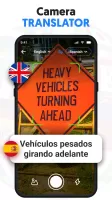
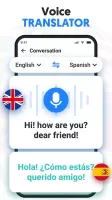
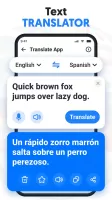
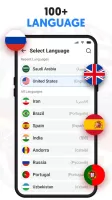
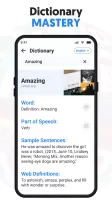
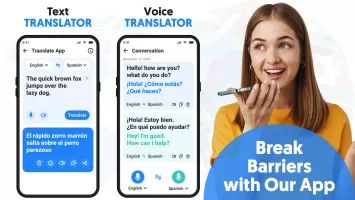

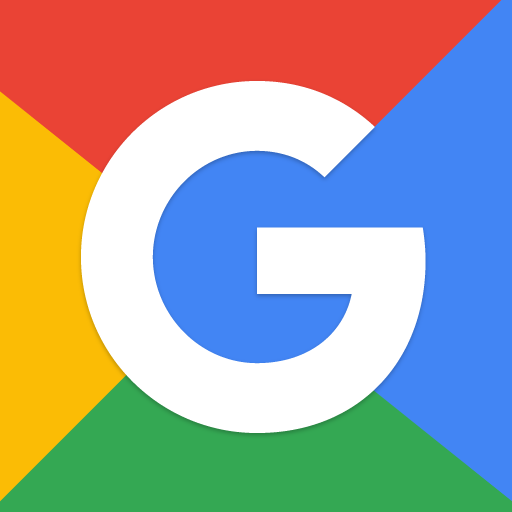
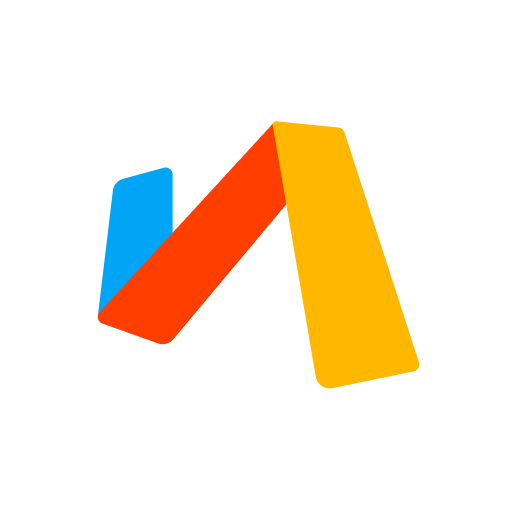

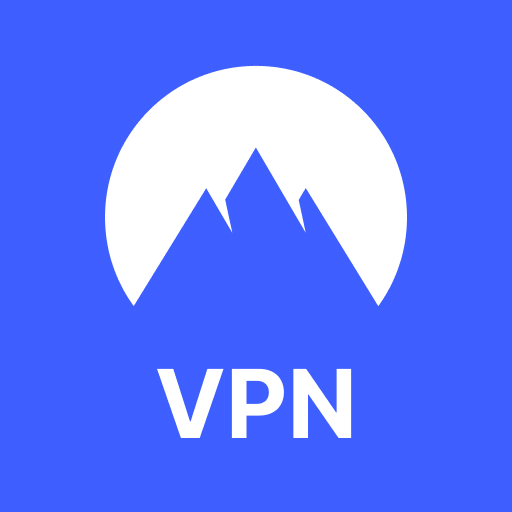

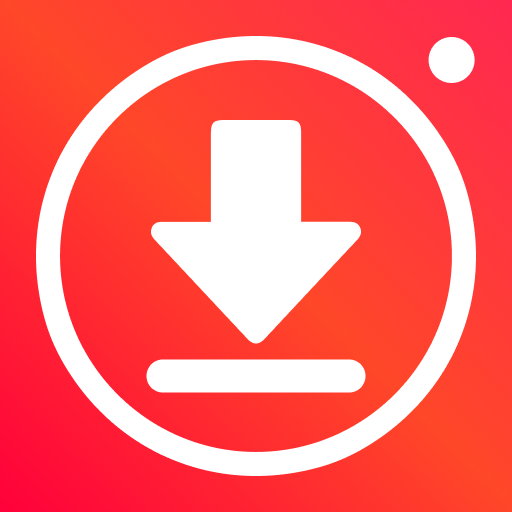


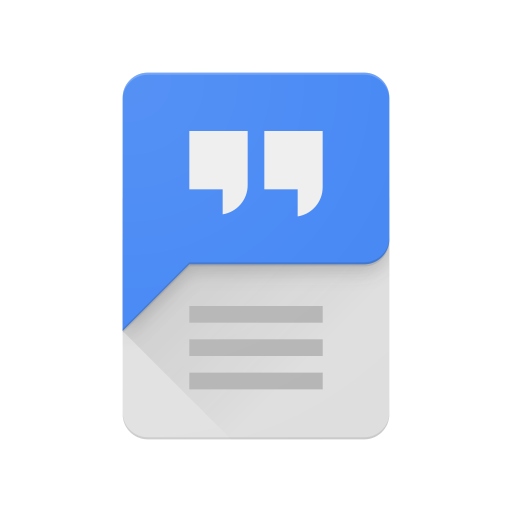
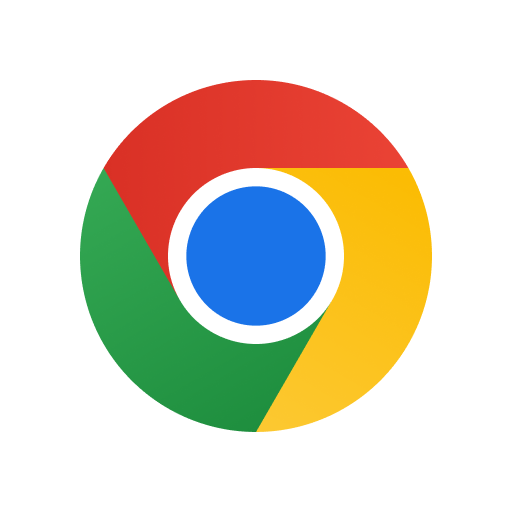
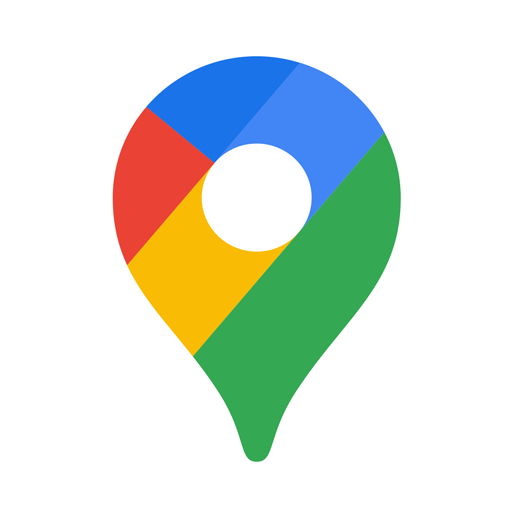





translate while typing
easy to converse and get to understand each other
sometimes the order of the words mixed up
copy paste option suggested